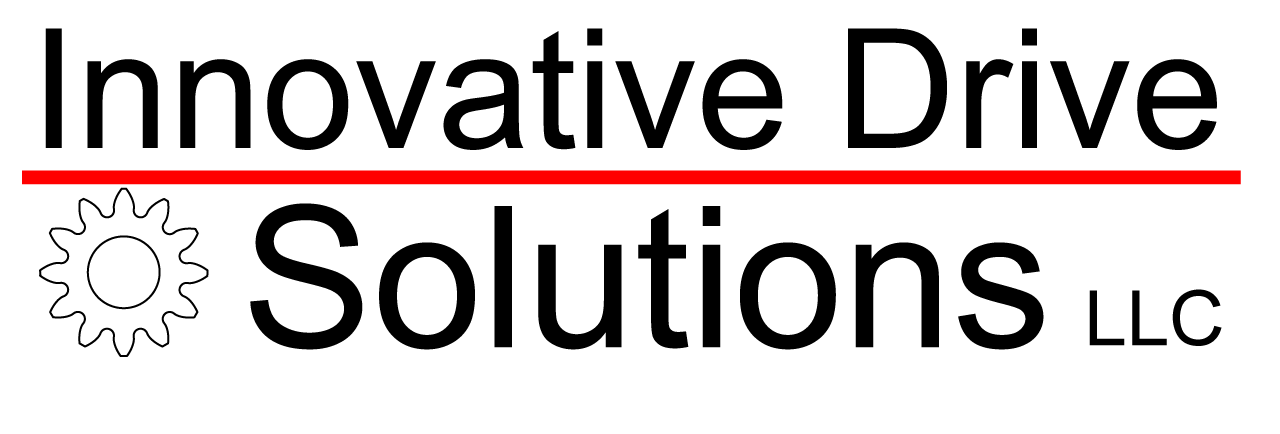On the eve of the 103rd running of the Indianapolis 500, I have many fond memories of this historic race. I was born into a family that loved auto racing and the “500”. I cannot remember a time when I did not listen to “The Race” on the radio while growing up when that was the only way to experience it for me.
When I became old enough to attend the race itself, I did, starting in 1968. I well remember Mario Andretti winning in 1969. I had a great view from my seat right across from the start/finish line and the pits.
Around that time, I learned about my grandfather Otto Schafer’s involvement in racing and the Indy 500. Starting in the 1940s, he owned and raced a series of Midget, Sprint and Indy 500 type cars. To my surprise, I learned that he entered, qualified and then raced a car that he owned in 1948 Indy 500 race! That car, known as The Schafer Gear Works Special #17, started in the 33rd position (last) and after only 42 laps finished 25th. That was the only time grandpa Otto entered a car in the Indy 500, but he continued to race his other cars.
Top left: My uncles Dick, Ray Haroon and Norm Schafer at the IMS standing in front of a 1954 Corvette.
Bottom left: Grandpa Otto Schafer.
Top right/middle: My first ‘car’ was a Peddle car, followed by my first powered car, a Go-cart, then the first of six corvettes.
As a car owner, he hired some of the best professional drivers of that era to drive for him including Johnnie Parsons, the winner of the 1950 Indianapolis 500. As a very young boy in the ‘60s, I remember meeting many race car drivers at my grandparent’s house.
Grandpa Otto spent many months of May at the Indianapolis Motor Speedway. In 1955, he was one of the founding members of The United States Auto Club (USAC), which was the Indy 500 sanctioning body from that time on. And just days before the 1970 race, he died while attending a race-related banquet in Indianapolis.
After his death, the flag hung in my childhood home in South Bend, Indiana and today, a replica of it hangs in my house in Indianapolis (the original is stored elsewhere).
I have always loved cars and racing. More recently, I have driven my Corvette around the Indianapolis Motor Speedway track many times, which was always a dream of mine. Thanks go to the Corvette Indy club and its sponsor Roger Penske Chevrolet.
So, I am continuing some of my grandfather’s traditions, in that my first job upon graduating from Purdue University was working at the company he founded in 1934, Schafer Gear Works, which has operated continuously for 85 years.
This is a race flag which my grandfather created in the late 1940s and early 1950s. He had many of the famous drivers of the day sign it including Ray Haroon, the winner of the first Indy 500 in 1911, and all the three-time winners up to that time — Mauri Rose, Wilbur Shaw and Louie Meyer.
My entire career has been in the gear business and I continue to share grandpa Otto’s and uncles Dick and Norman’s love of gears and the Indy 500. I hope that I am making them proud.





